Australian researchers fight Pacific Oyster Mortality Syndrome
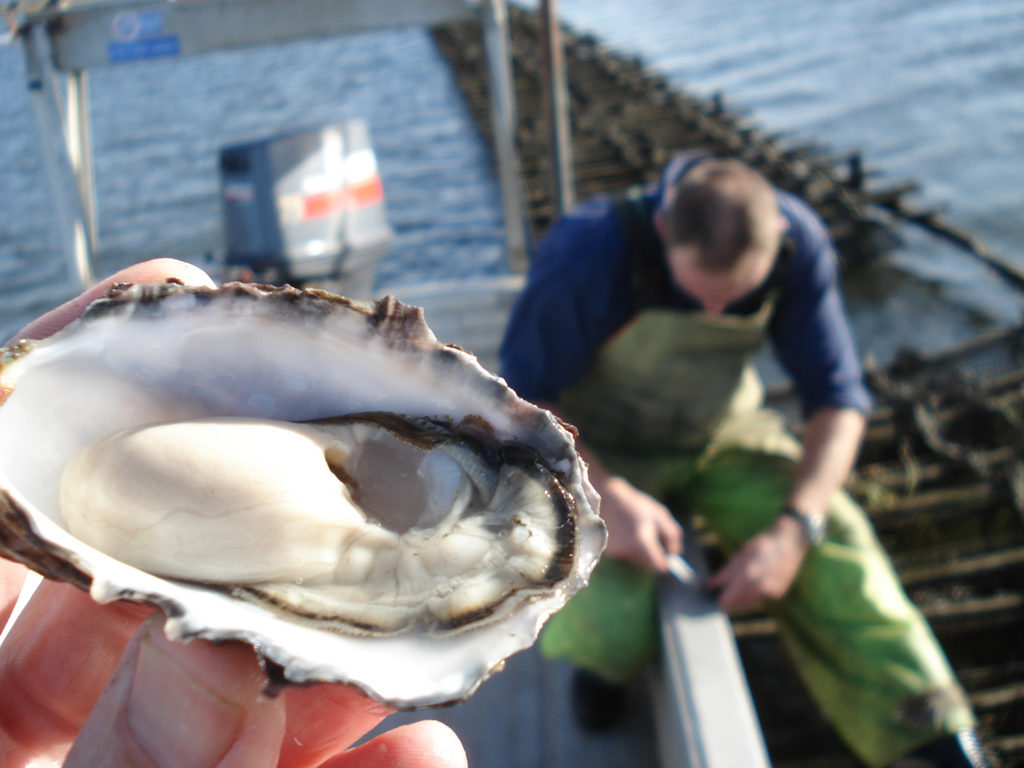
Editor’s note: This article originally appeared in Issue 230 of ECOS, a blog produced by CSIRO (Commonwealth Scientific and Industrial Research Organization), Australia’s national scientific research agency.
In 2007, France’s Pacific oyster industry was all but wiped out by Pacific Oyster Mortality Syndrome (POMS), a disease that is harmless to humans but so lethal to oysters that it can kill more than 90 percent of a crop of millions of animals within days.
The initial outbreak in France put the Australian industry on high alert. But Europe was still half a world away.
Then, in March 2010, New Zealand’s stocks of Pacific oysters succumbed to the virus that causes POMS, OsHV-1. For Australian producers, the disease was getting too close for comfort.
In terms of having an effective response to an industry crisis, this is a good story. We were four to five years ahead of France and New Zealand, where they essentially had to start their breeding program from scratch.
Sure enough, eight months later, POMS – which only attacks Pacific oysters – hit Botany Bay’s Georges River estuary. Again, within a matter of days, nearly all the area’s cultivated Pacific oysters were dead.
The worst was to come. By 2013, POMS had spread to a second New South Wales (NSW) estuary – the Hawkesbury River, a prime oyster growing region – where the disease killed more than 10 million oysters in three days. Then, in January 2016, it turned up in Tasmanian waters, considered by some to be the least likely destination for POMS in Australia, due to the disease’s preference for water temperatures above 21 to 22 degrees-C.
According to Scott Parkinson, selective breeding manager at Tasmania-based Shellfish Culture – Australia’s main Pacific oyster hatchery – the Tasmanian industry lost 50 employees, and 60 percent of the state’s growing areas were affected after the disease hit.
Finding a genetic connection
How could the industry survive? Part of the answer lay in an already-flourishing genetic improvement program.
Prior to 2010, Australian Seafood Industries – the sole supplier of selectively bred Pacific oyster broodstock to the Australian industry – had been working closely with CSIRO and the NSW Department of Primary Industries (DPI) on a genetic improvement program for Pacific oysters.
While that research was focused on breeding oyster “thoroughbreds” – larger, juicier and more robust than their wild cousins – its direction quickly changed once POMS struck. Now, the race was on to breed oysters genetically predisposed to resist the disease.
“Essentially, the message from industry was, forget your other priorities, have a look at this,” said Dr. Peter Kube, senior geneticist at the Commonwealth Scientific and Industrial Research Organization (CSIRO), the national scientific research agency of Australia. “Tell us whether genetics is going to be a solution, a management tool for this disease.”
So, after the first POMS outbreak in the Georges River, individuals from some of ASI’s 80 genetic “lines” or families – already in trials in a “clean” estuary in nearby Port Stephens – were relocated to the disease-affected estuary to test genetic differences in the presence of the virus.
With NSW DPI running the field trials, CSIRO analyzed survival data for the different genetic lines.
“It was not a given that there would be useful levels of genetic resistance,” explained Dr. Kube. “We didn’t know for certain whether it was going to be an easy or difficult trait to use, and what sort of response to selection we might get. There were a lot of unknowns.”
CSIRO’s findings showed there was indeed a genetic basis. However, the genetic trait that was identified was new to science and a lot of new knowledge needed to be generated.
“The challenge was then to understand the way in which this trait is inherited, and then figure out how best to breed for it,” said Dr. Kube. “POMS resistance is what we call a polygenic trait, which means there are perhaps thousands, or tens of thousands, of genes involved. The breeding program is about accumulating or increasing the frequency of those genes with each new generation.”
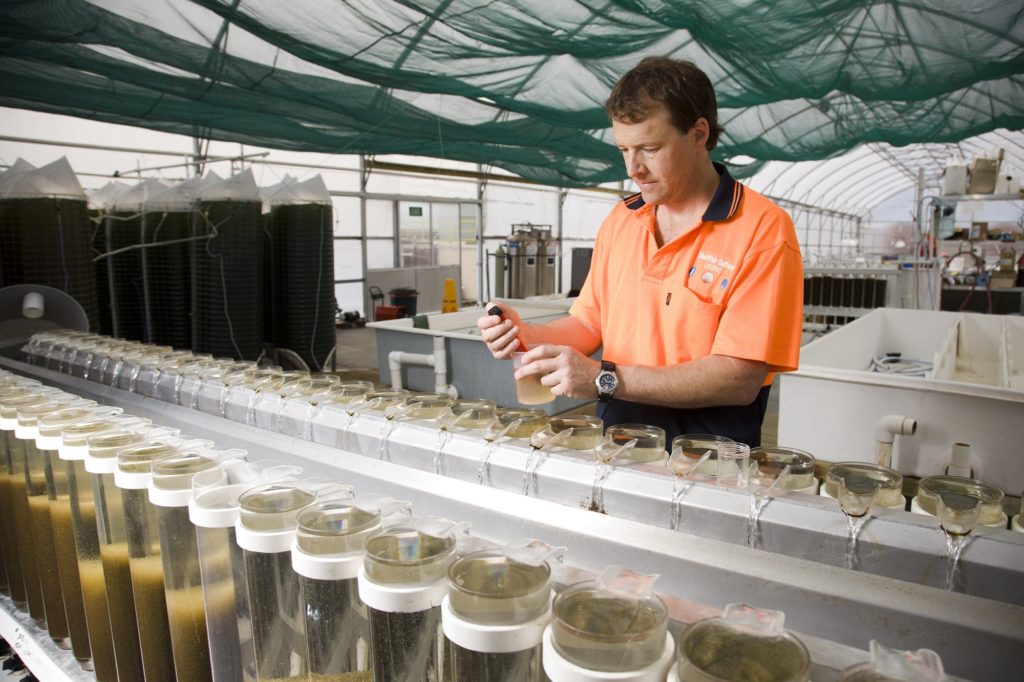
The next step was to identify an overall level of POMS resistance within the commercial oyster population that the industry could work with. That level was 60 to 70 percent, a target that would require at least three breeding cycles to achieve in a research population.
But that was time the Tasmanian industry didn’t have and so some genetic lines from the trial breeding population were sent ahead to Tasmanian growers over the 2016-17 summer, the season of highest risk for POMS. It seems to have been a success. These lines have shown even higher levels of resistance, up to 80 to 90 percent.
However, as Dr. Kube pointed out, it will require time – up to two years – for hatcheries to be able to produce commercial quantities of seed from resistant genetic lines for growers.
Trial and error
Shellfish Culture’s Scott Parkinson said a strategy of “farming around” the disease will be a key factor in getting the most out of the new genetic lines. Shellfish Culture takes ASI broodstock and produces large quantities of seed or spat – baby oysters three to nine months old – that it sends to oyster farms for growing out.
“Managing POMS is not just about genetics, although that will underpin the recovery of the Australian oyster industry, but about management, site selection, when to stock,” said Parkinson. “Different growers are experimenting with different strategies.”
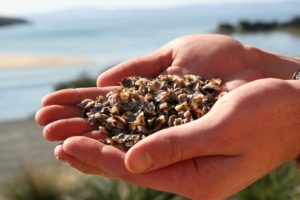
Oyster age is a risk factor for POMS, with younger oysters at a higher risk of death than mature individuals.
“Some growers are putting spat in during the POMS season, when the animals are very young. The idea is that only resistant animals will survive and grow out. Others are taking the spat in the autumn so they can grow to a bigger size before the next POMS season – as they will be a larger size, they are more likely to have higher survival rates. It’s an economic exercise that the growers will have to do by trial and error.”
For Shellfish Culture, POMS has brought both challenge and opportunity. Overnight, the company lost not just a significant percentage of its stock of around 100 million spat, but was no longer able to supply to South Australia nor most of NSW – which represented 50 percent of its market – due to interstate biosecurity protocols.
Its response was to set up a new facility, Eyre Shellfish, in South Australia. At the same time, the company invested in making its main hatchery operation near Hobart biosecure, which after two independent biosecurity audits has been declared disease-free and is now back to supplying oyster spat to the entire Tasmanian industry.
Further improving genetic resistance
ASI General Manager Matt Cunningham also sees management strategies adopted by oyster growers as an important complement to genetics. Yet the fact remains that farming strategies are useless if stock are not viable.
“To have a viable oyster industry, we have to have POMS-resistant Pacifics – there’s no way around it,” said Cunningham.
“In terms of having an effective response to an industry crisis, this is a good story. We had the family lines in place in NSW and we were able to hit the ground running. We were four to five years ahead of France and New Zealand, where they essentially had to start their breeding program from scratch.”
For Dr. Kube, the genetic improvement research continues.
“CSIRO provides the specialist genetic knowhow. We’ve been analyzing the trial data and interpreting it so that ASI can use it to choose which animals will be used as breeding stock in each new cycle,” he said. “We will keep breeding stock for resistance. We still have a percentage of animals that die from the disease, so we have to get more and more resistance into that stock.”
Author
-
Mary-Lou Considine
Mary-Lou Considine is a freelance science writer and editor, and former editor of CSIRO’s ECOS Magazine, with many years of experience covering sustainability issues.
[117,97,46,109,111,99,46,108,105,97,109,101,122,111,64,99,117,111,108,121,114,97,109]
Tagged With
Related Posts
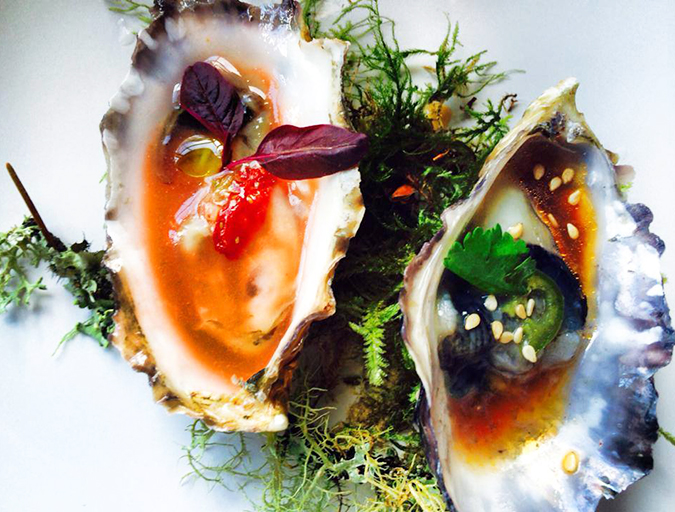
Intelligence
Cup size matters, but for oysters, branding matters more
To name an oyster is to give birth to a brand, essential to stand out in today’s raw bar scene. The briny bite-sized morsels are arguably seafood’s sexiest offerings, but a memorable moniker (and a quality product) is what keeps them on the menu.
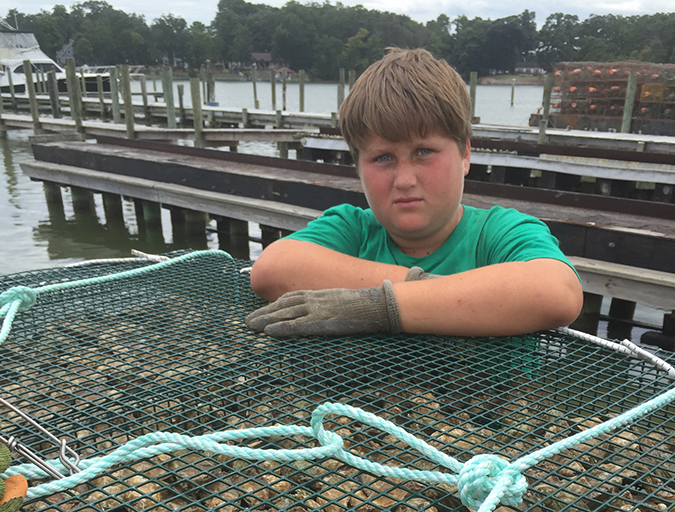
Responsibility
Ailing waterways hail the oyster’s return
The Lower Hudson Estuary and Chesapeake Bay, two waterways once home to thriving oyster beds, would welcome the shellfish’s return. Aquaculture initiatives in both areas aim to reinvigorate the water and the communities they support.
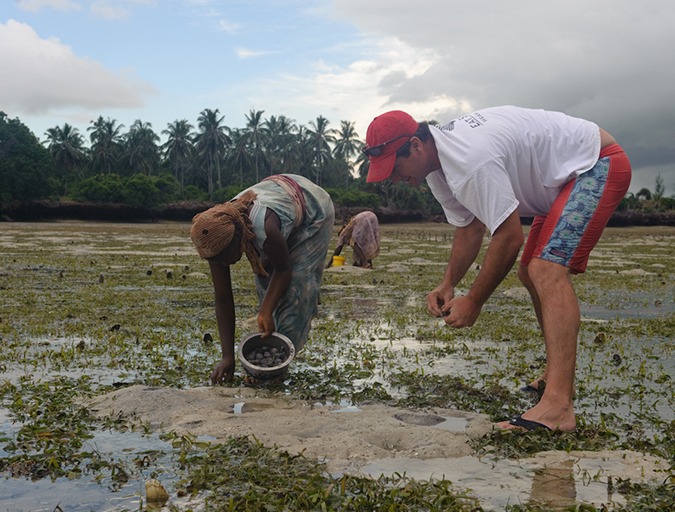
Responsibility
Social oysters: Aquaculture inspiring communities
Two New England shellfish producers are furthering their innovative social license initiatives, both in their hometowns and in food-insecure regions overseas. Island Creek Oysters and Matunuck Oyster Farm have become admirable aquaculture ambassadors.
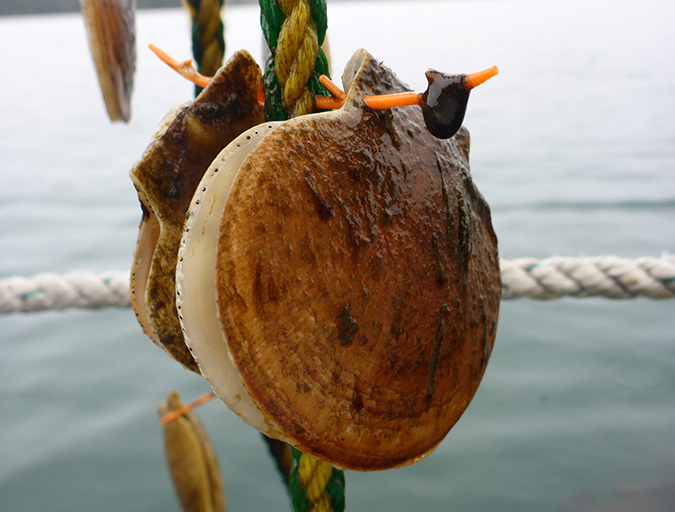
Innovation & Investment
Maine scallop farmers get the hang of Japanese technique
Thanks in part to a unique “sister state” relationship that Maine shares with Aomori Prefecture, a scallop farming technique and related equipment developed in Japan are headed to the United States. Using the equipment could save growers time and money and could signal the birth of a new industry.


